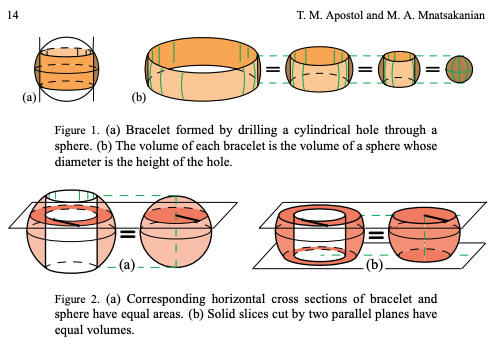An operation is born when we recognize the regularity in repeated reasoning.
Take multiplication for example. If we are living lives which involve even a modest amount of arithmetic thinking, we will encounter lots of situations where we need to calculate the total number of units present in some number of equal sized groups. We might solve these problems in ad-hoc ways at first, but it becomes more and more convenient to "formalize" the process as a new abstract operation. We can then develop algorithms for computing the product, etc.
It is amazing that one operation allows us to solve all of the following problems:
I buy 34 valentines day cards (one for each of my classmates). Each costs $2.45. How much money did I spend?
A cake recipe requires $2\frac{1}{3}$ sticks of butter. I want to make $2.5$ recipes. How many sticks of butter do I need?
I am riding my bike at $11$ miles per hour for 2.3 hours. How many miles did I ride?
The same is true for integration. Before we "invent" the definite integral, we should understand what kinds of situations it is abstracting. Here are some:
I am riding my bike for 3 hours, but my speed is variable. My speed can be described as $f(t)$ miles per hour where $t$ is the time in hours. How many miles did I travel?
I am trying to find the area under a curve from $x=0$ to $x=3$, but the height of the curve is variable. The height of the curve is given by $f(x)$ inches, where $x$ is the number of inches to the right of the origin.
I am trying to find the work done by raising a bucket out of a well, but the bucket is leaking so its weight is variable.
I am trying to find the volume of a solid, but the area of the cross sections is variable.
In each situation the "ad hoc" method to solve the problem has a commonality: we chop the problem up into tiny pieces, approximate the answer for each tiny piece by assuming the variable quantity is "essentially constant" over the tiny pieces, and sum up the approximations. To make the approximation better, make your pieces smaller (so that the "basically constant" approximation of each piece becomes more accurate).
This process of chopping, approximating, and summing, and then taking a limit happens so frequently and in so many diverse situations that it makes sense to "formalize" this process as a new operation called integration.
Teaching the operation without also teaching what kinds of problems it solves would be similar to teaching someone how to operate a circular saw without ever showing them a piece of wood.
The volume of solids (and solids of revolution) are one example of the "integration idea": chop up the solid into lots of thin slabs, and approximate that the cross sectional area is constant so that your slab is a cylinder (whose volume you can calculate). Then sum up all of the volumes of the thin slabs. Making the slabs thinner and thinner should give better and better approximations.
While you can convey these ideas without using this particular example (there are millions of applications to choose from), volume is a classic. In particular seeing where the formulas for the volumes of cones and spheres comes from is culturally important.

